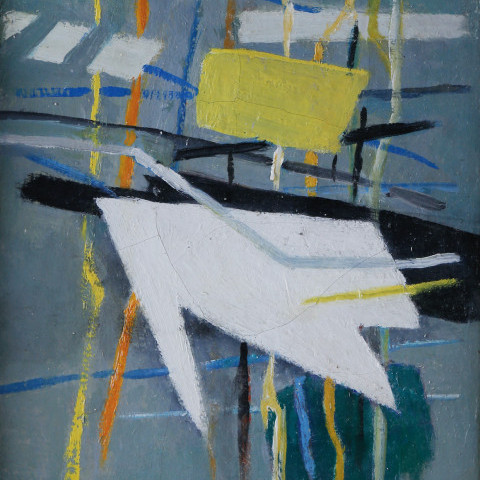Painter and lithographer Lucile Lundquist Blanch, born in Hawley, Minnesota in 1895, was, by her mid-thirties, already represented by a number of paintings in the collection of the Whitney Museum of American Art. She would receive a Guggenheim Fellowship in 1933.
She studied at the Minneapolis Art Institute during World War I, 1914 to 1918, with fellow students Harry Gottlieb, Adolph Dehn and Arnold Blanch (her future husband), who would all go on to successful artistic careers. She continued her education at the Art Students League in New York City after winning a scholarship. Her teachers there included Boardman Robinson, Kenneth Hayes Miller, Vincent DuMond and Frederick Gruger.
After leaving the League, where she and Blanch studied together, they married and moved to Woodstock, New York, where they supported themselves by weaving and selling tapestries, and running a small cafeteria until they gained a reputation as artists in the mid 1920s. They were a key part of the revitalization of the Woodstock Art Colony. In contrast to each other, while Arnold Blanch was essentially a realist, Lucille Blanch, by the mid-1940s, had evolved into an abstractionist.
She exhibited at the early Whitney Studio Club, later at the Whitney Museum of American Art, Museum of Modern Art, New York Society of Women Artists, American Artists Congress and various art galleries. She was a member of the American Artists Congress and Woodstock Art Association.
The Metropolitan Museum of Art and Museum of Modern Art in New York City collected her work, in addition to the Whitney, as did the Corcoran Gallery in Washington, D.C. She and Arnold Blanch divorced in 1935, and she taught briefly at the Ringling School of Art, Sarasota, Florida, and also painted a mural in the post office at Fort Pierce, Florida.
Lucile Blanch died in 1981.

